In the context of increasing automation, ensuring the operation stability and maintenance convenience of spiral screw sludge dewatering machine is the key to improving equipment efficiency, reducing operating costs and reducing downtime. The following are specific strategies and measures to achieve this goal:

High Energy-saving Industrial Wastewater Automatic Spiral Screw Sludge Dewatering Machine QXDL-352
1. Intelligent monitoring and fault diagnosis
Install smart sensors: Install smart sensors at key parts of the dewatering machine (such as motors, screws, screens, pressure systems, etc.) to monitor the operation status of the equipment in real time, including parameters such as temperature, pressure, vibration, and current.
Data analysis and early warning system: Using the Industrial Internet of Things (IIoT) technology, the data collected by the sensor is transmitted to the central control system. Through big data analysis and machine learning algorithms, the equipment operation status is analyzed in real time, potential faults are predicted in advance, and early warnings are issued.
Remote monitoring and diagnosis: Through the remote monitoring system, operators can view the equipment operation status in real time in the control room or through mobile devices, detect abnormalities in time and perform remote diagnosis, and reduce the frequency of on-site inspections.
2. Automation control system optimization
Automation control logic: Optimize the automation control logic to ensure that the equipment can operate stably under different working conditions. For example, the screw speed, pressure and flocculant dosage are automatically adjusted according to the solid content and flow rate of the sludge to avoid equipment overload or unstable operation due to changes in working conditions.
Redundant design: Redundant design is adopted in key components (such as motors and control systems). When a component fails, the spare component can be started immediately to ensure the continuous operation of the equipment.
Adaptive adjustment function: Develop adaptive adjustment function so that the equipment can automatically adjust the operating parameters according to real-time monitoring data to adapt to changes in sludge characteristics and reduce manual intervention.
3. Equipment design and selection
High-quality component selection: Select high-quality and durable components such as high-strength screws, corrosion-resistant screens and high-precision motors to improve the overall reliability and service life of the equipment.
Modular design: Modular design is adopted to facilitate the installation, maintenance and replacement of equipment. For example, the motor, reducer, screw and other components are designed as independent modules. When a module fails, it can be quickly replaced to reduce downtime.
Easy-to-maintain design: In the equipment design stage, full consideration is given to maintenance convenience. For example, set up easy-to-remove parts, reserve sufficient maintenance space, adopt standardized interfaces, etc.
4. Preventive maintenance strategy
Regular maintenance plan: Develop a detailed preventive maintenance plan, including regular inspection, cleaning, lubrication and replacement of wearing parts. Adjust the maintenance cycle according to the actual operation time and monitoring data of the equipment to ensure that the equipment is always in good condition.
Maintenance training: Provide professional training for operators and maintenance personnel to familiarize them with the structure, principle and handling methods of common faults of the equipment. Through training, improve the skill level of maintenance personnel and reduce equipment failures caused by improper operation.
Maintenance records and analysis: Establish an equipment maintenance record system to record the content, time and results of each maintenance in detail. Through the analysis of maintenance records, find out the weak links of the equipment and optimize the maintenance strategy.

 ENG
ENG
 English
English русский
русский Español
Español Tiếng Việt
Tiếng Việt ไทย
ไทย
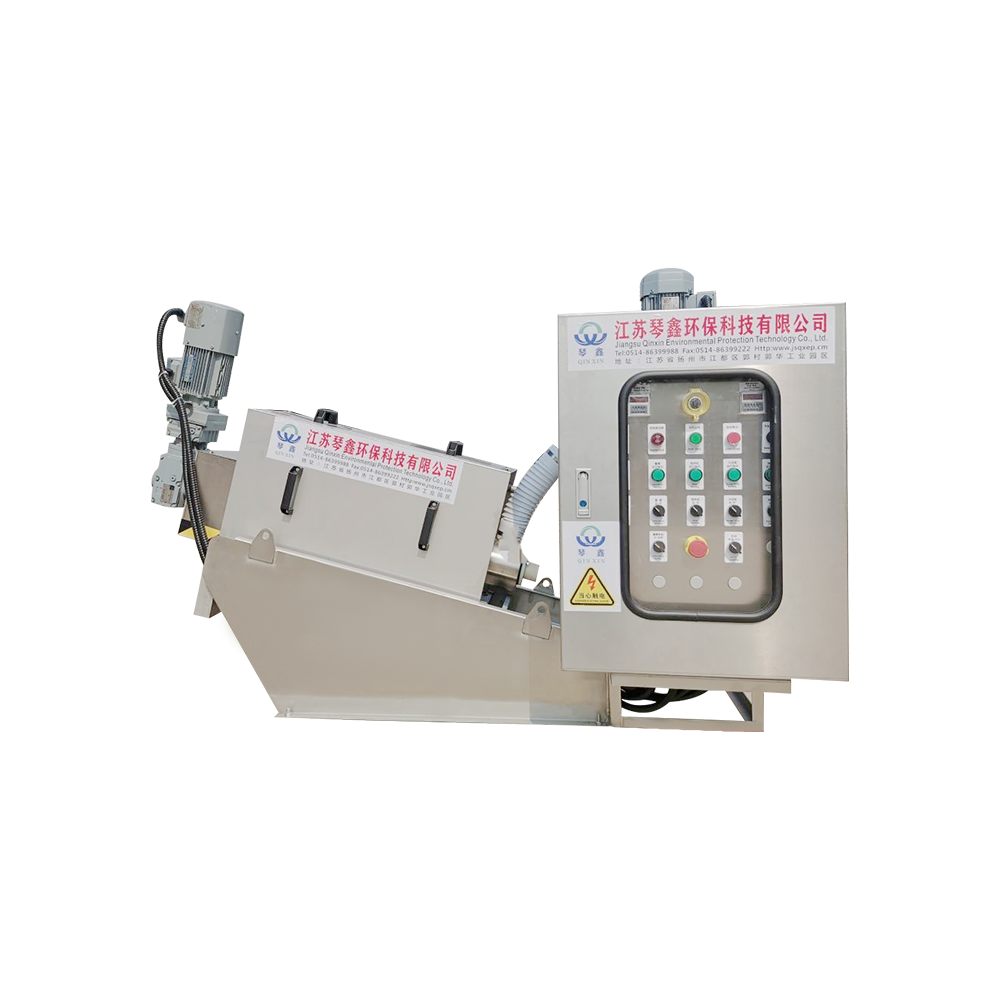
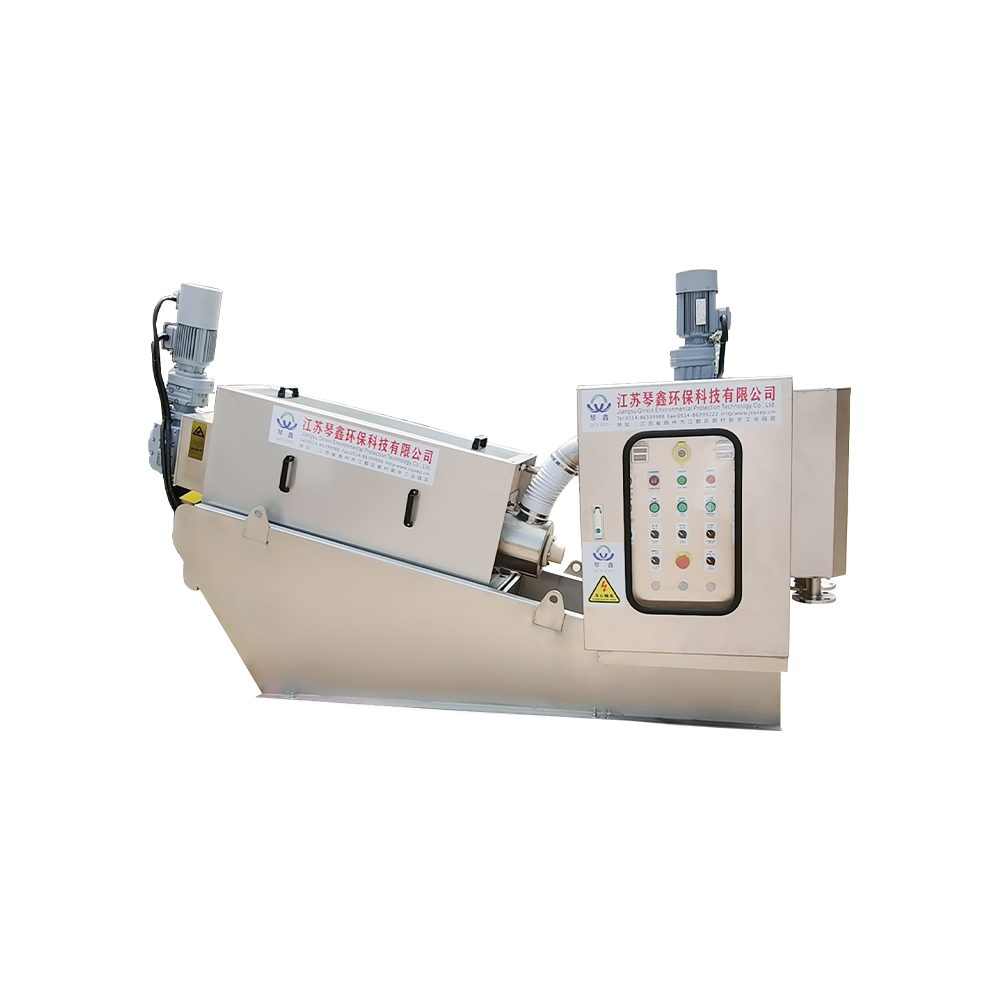
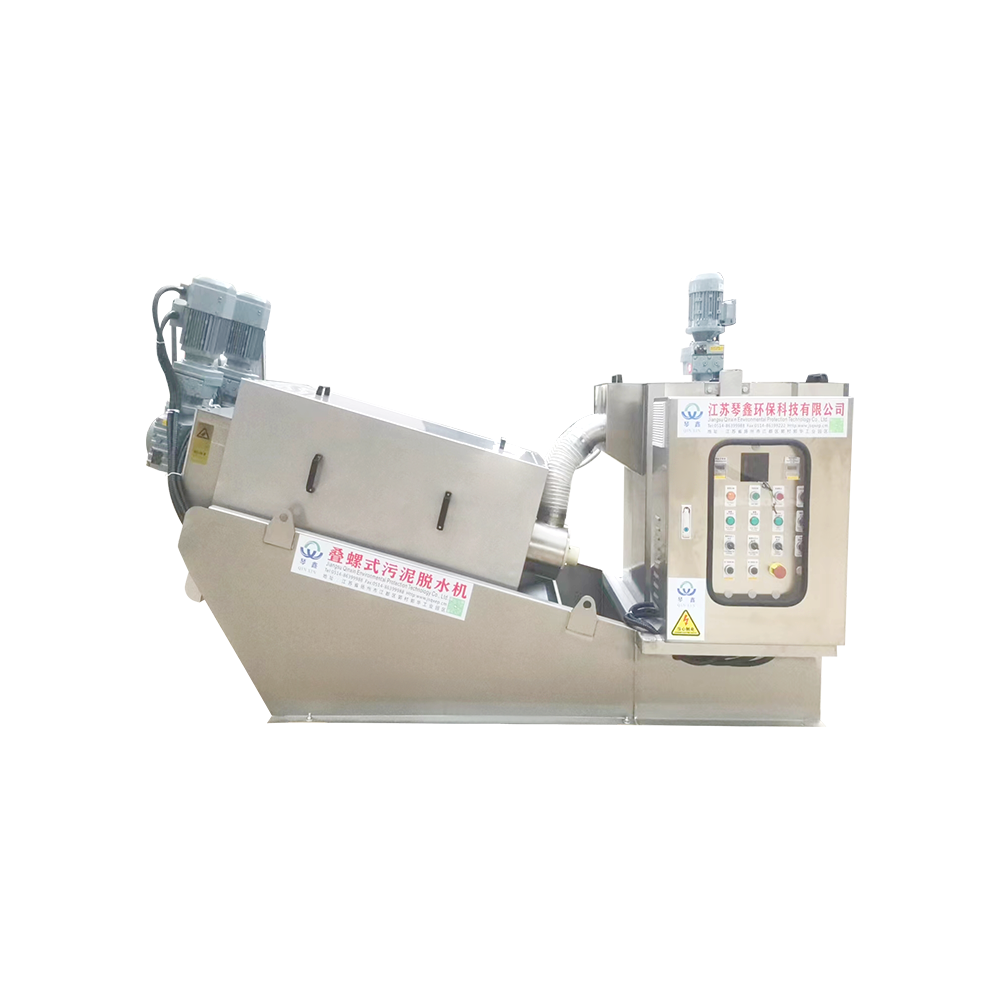
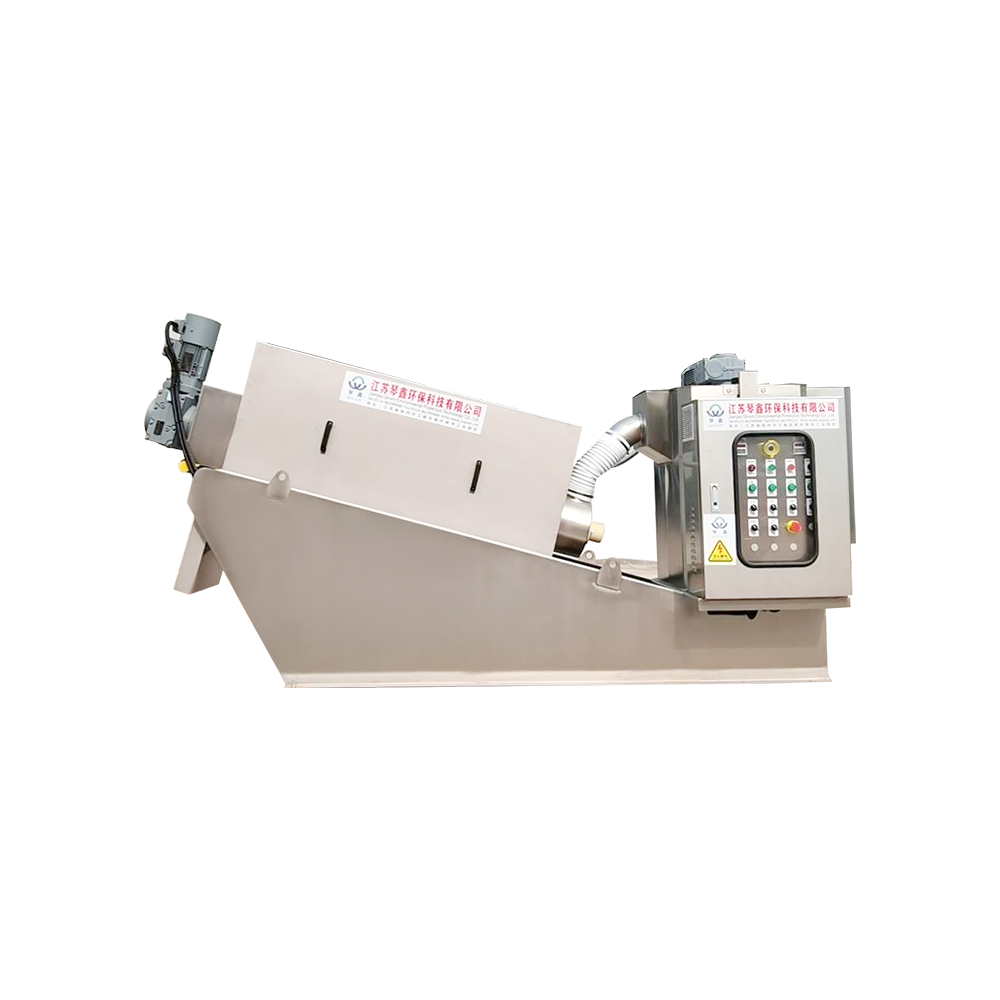
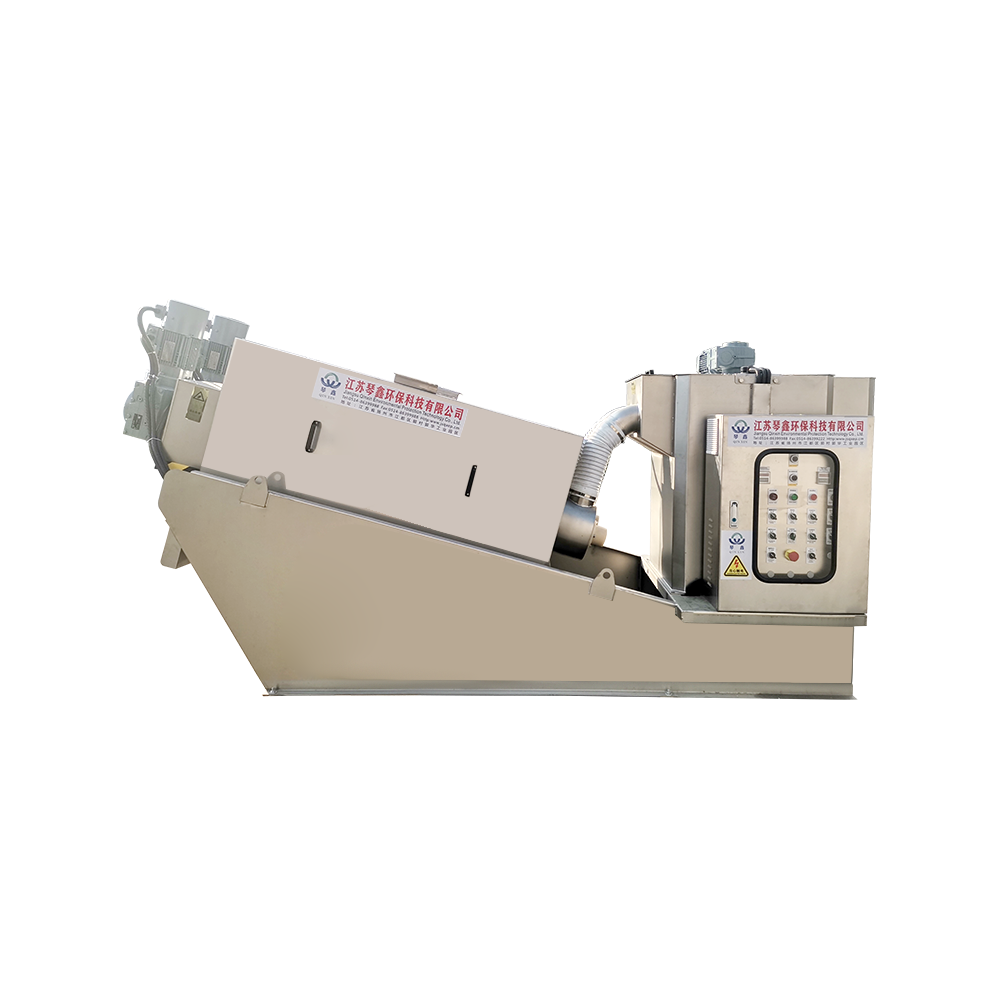
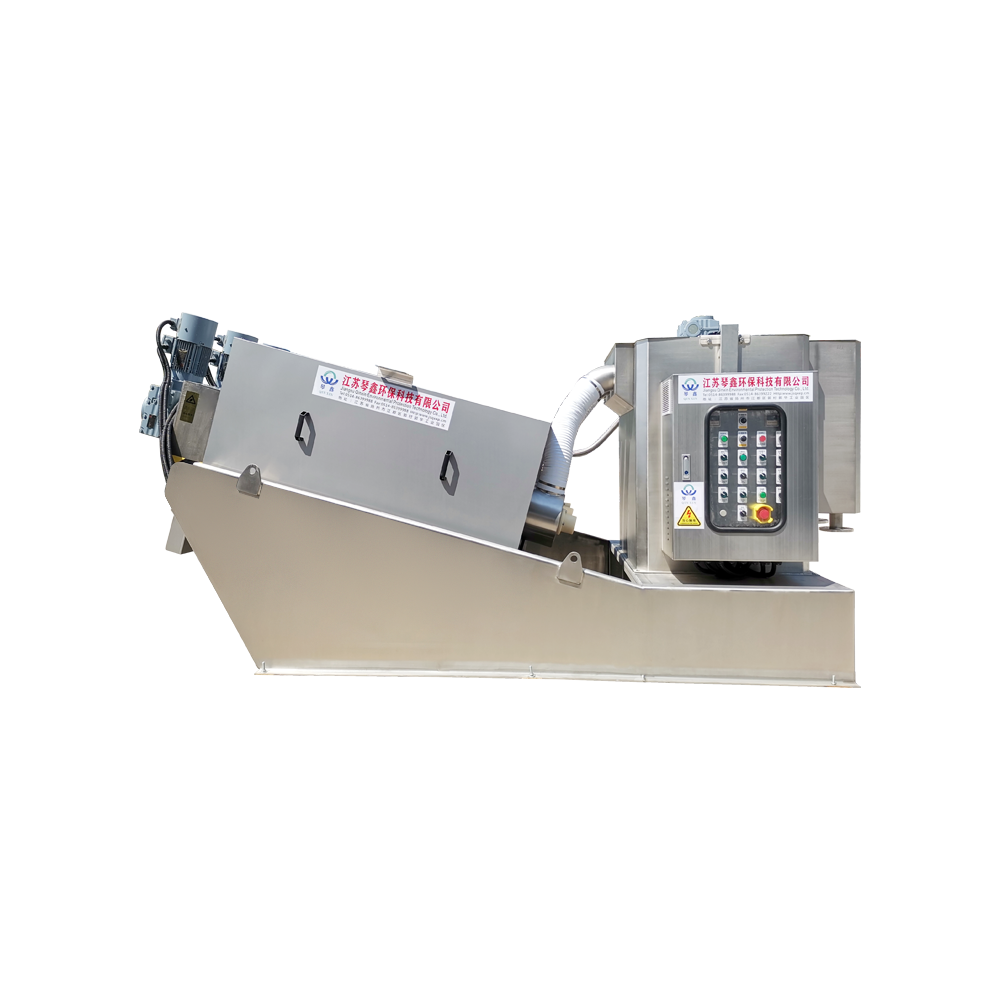
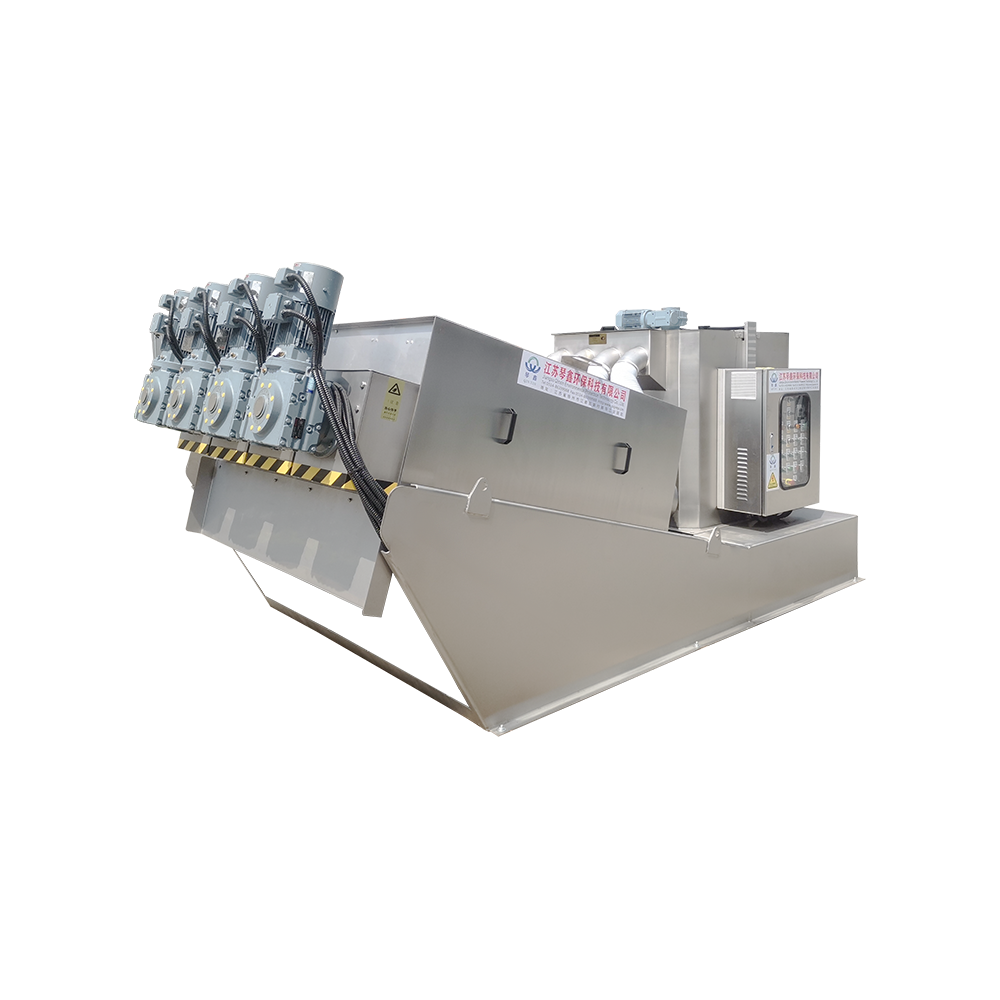
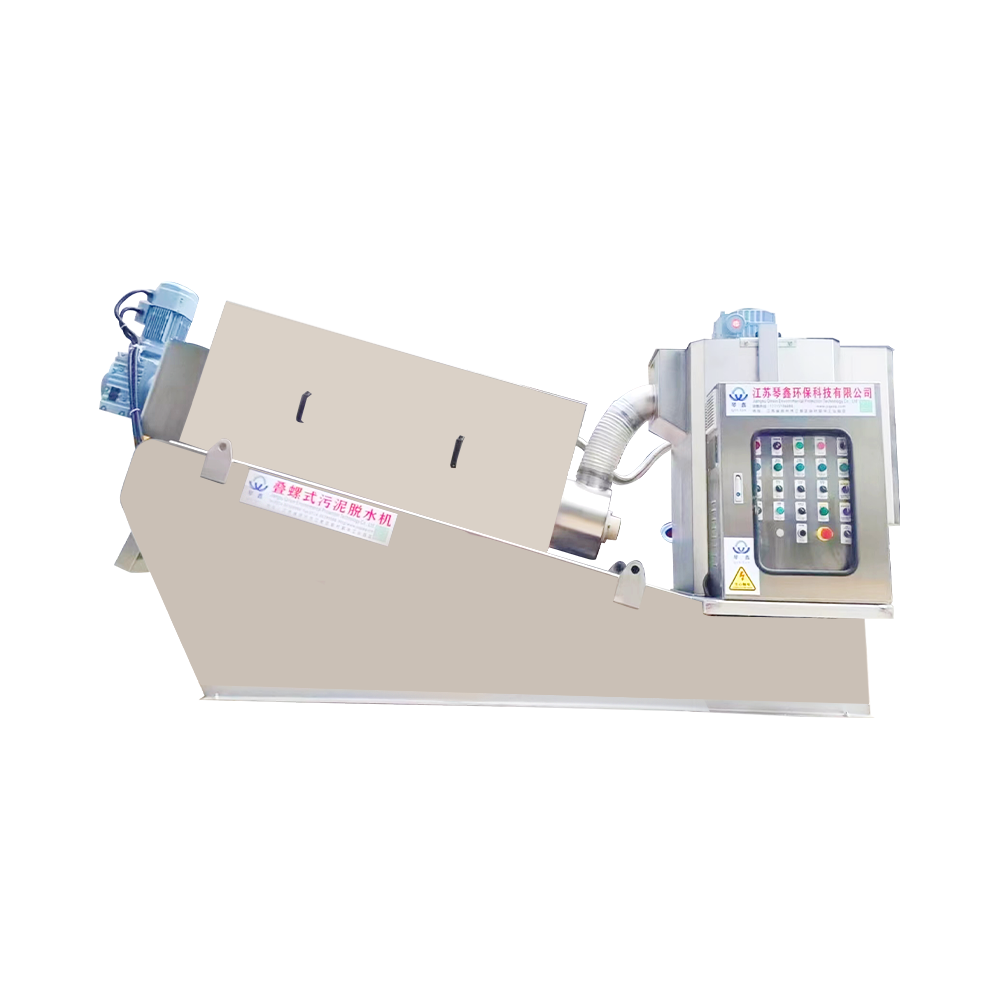
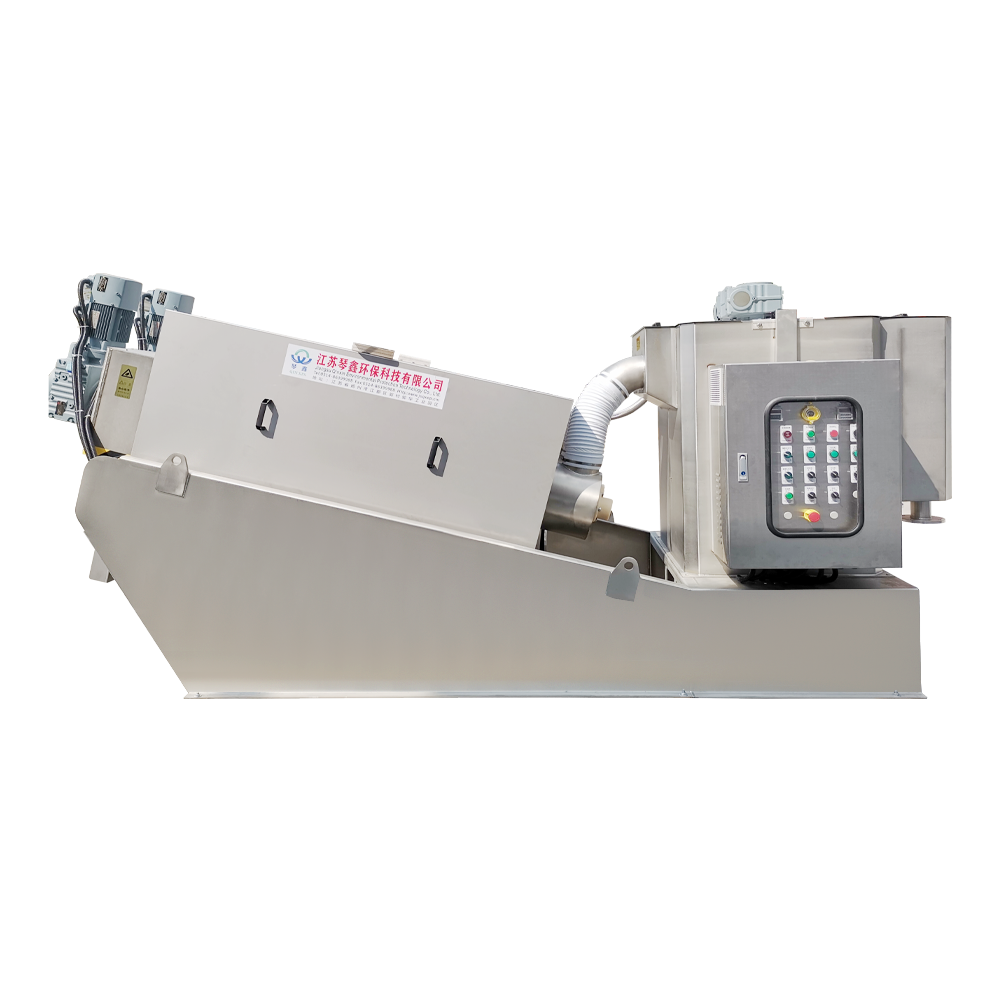
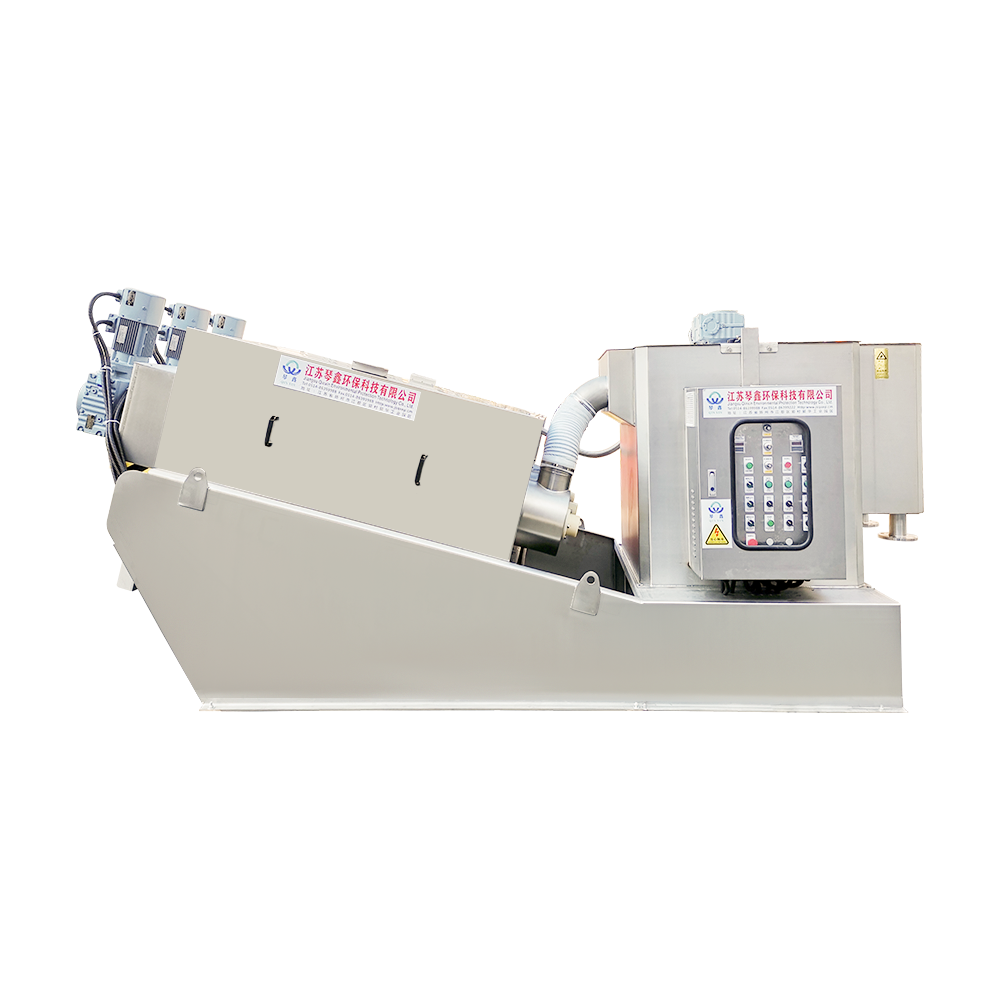
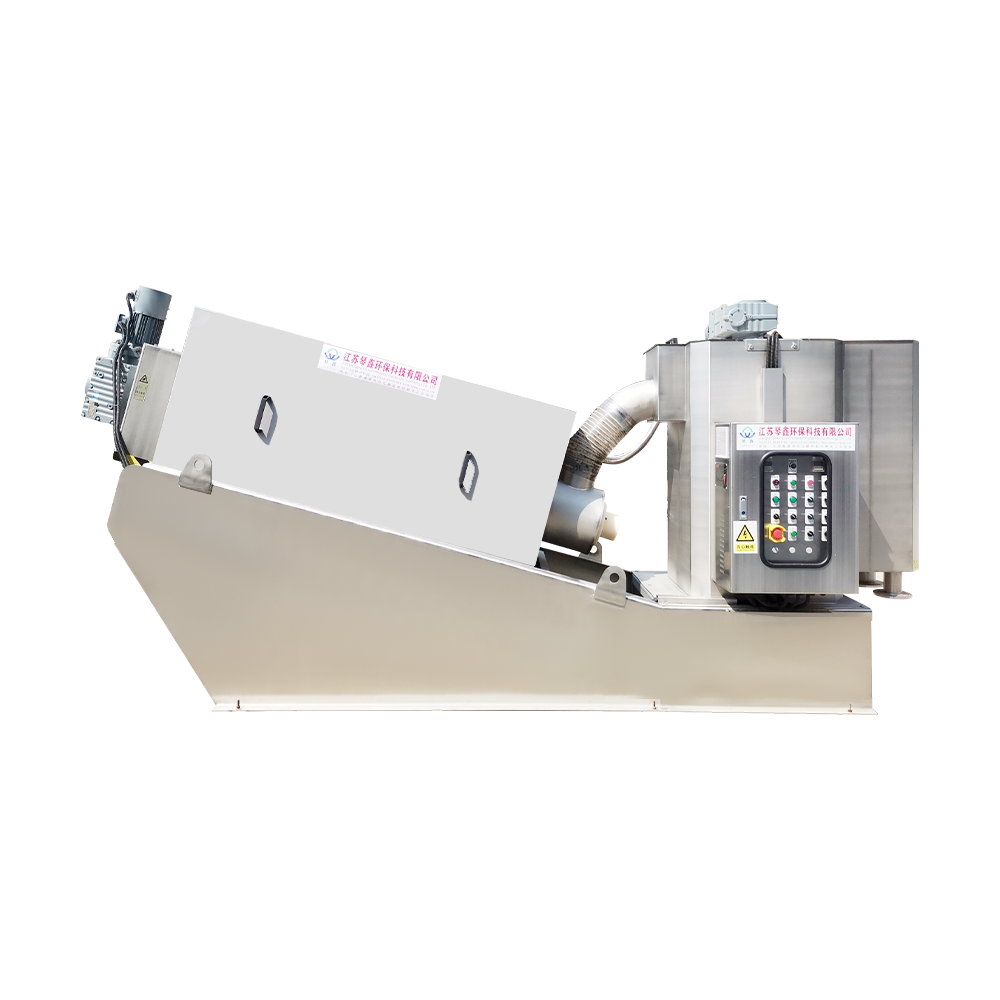
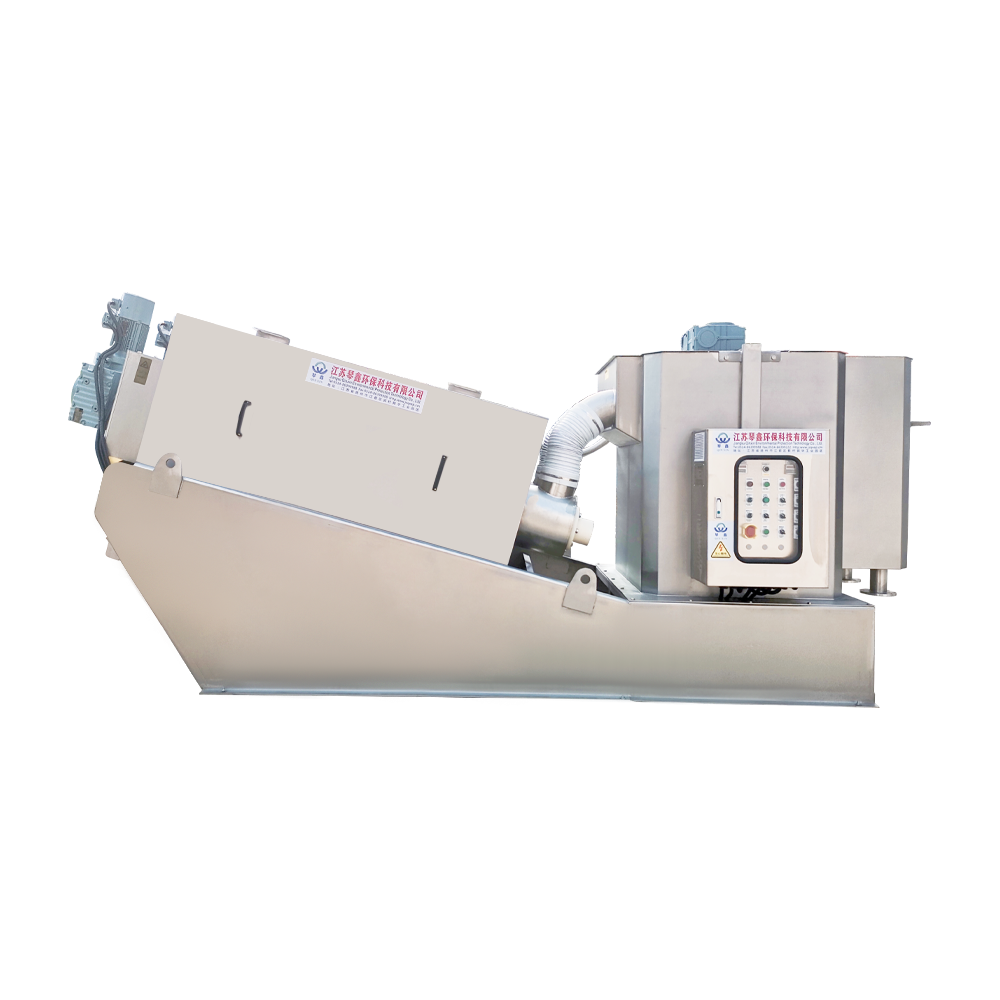
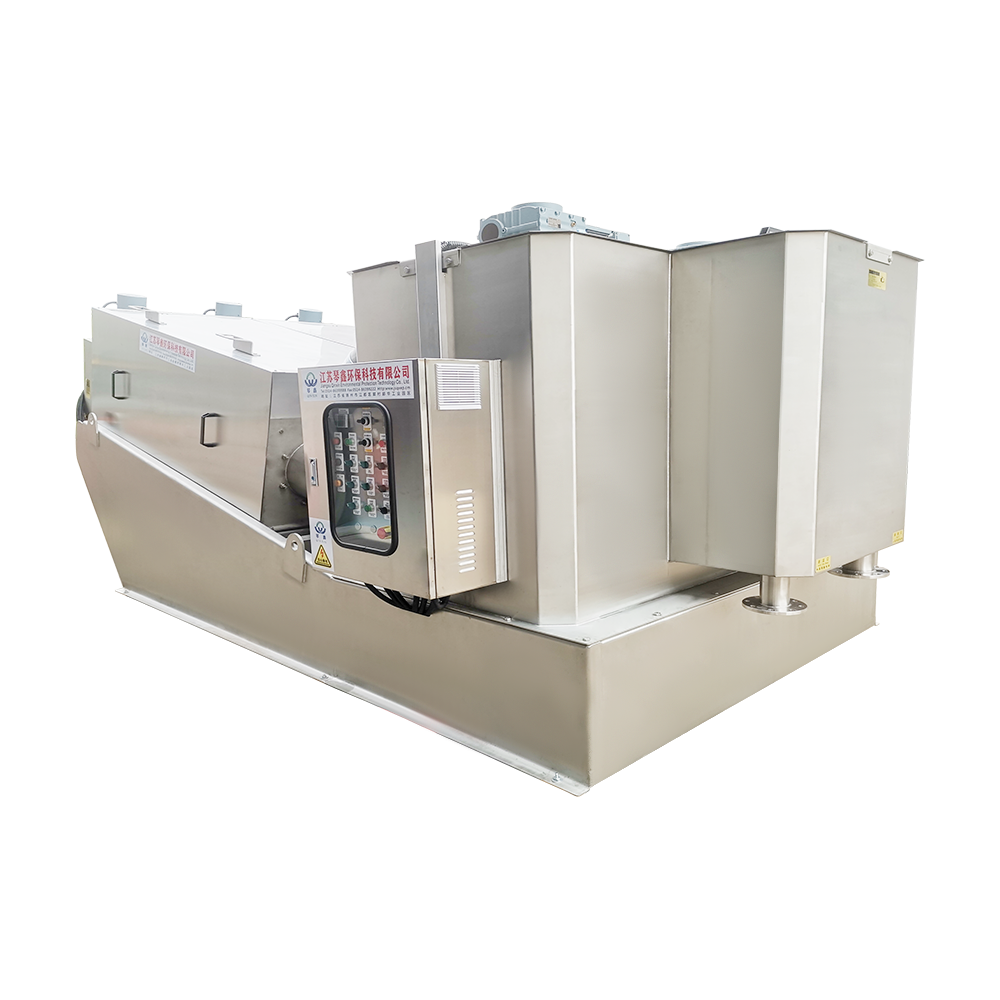
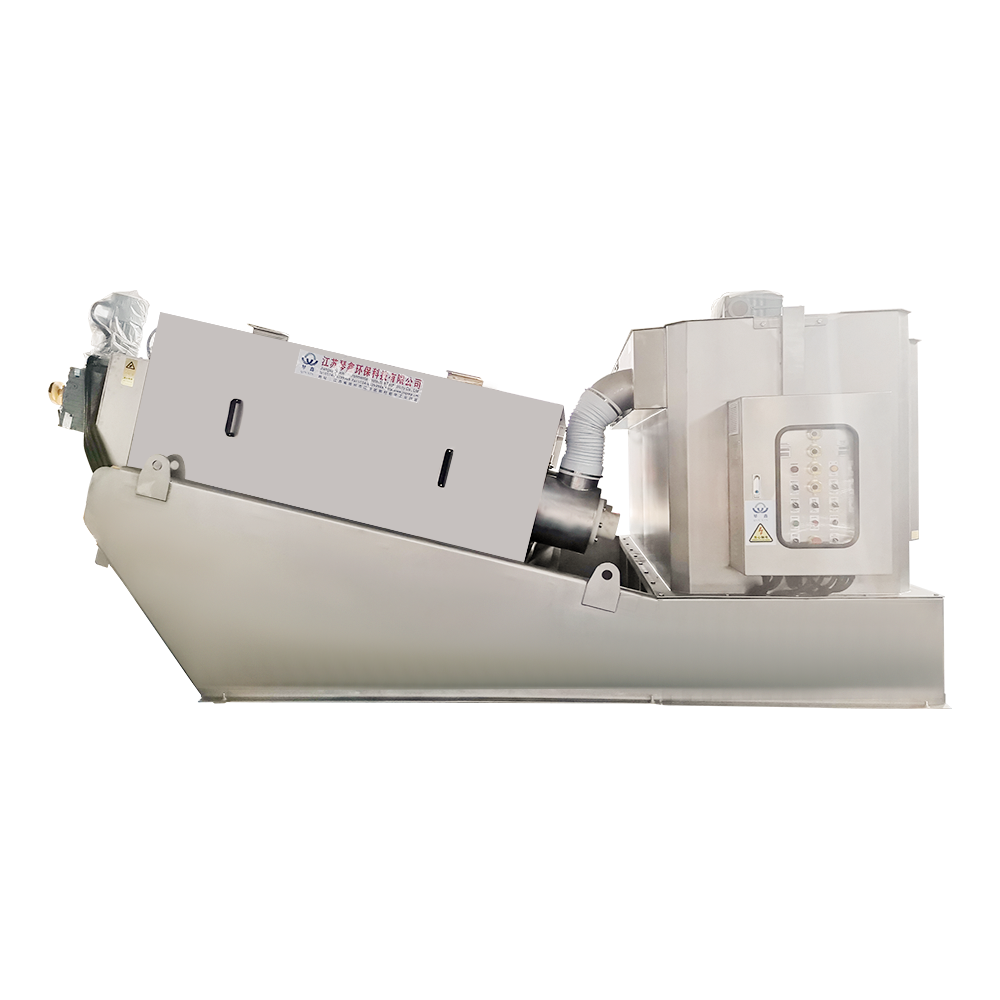
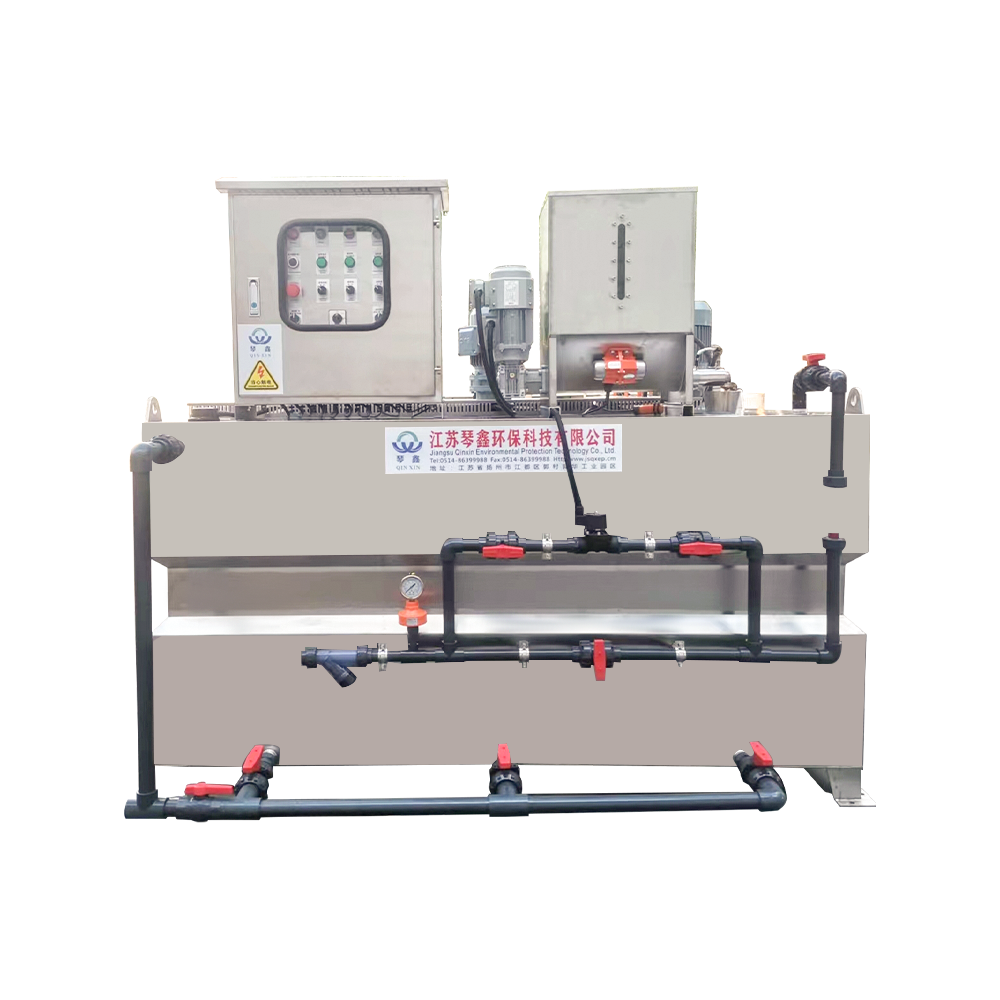

 TOP
TOP